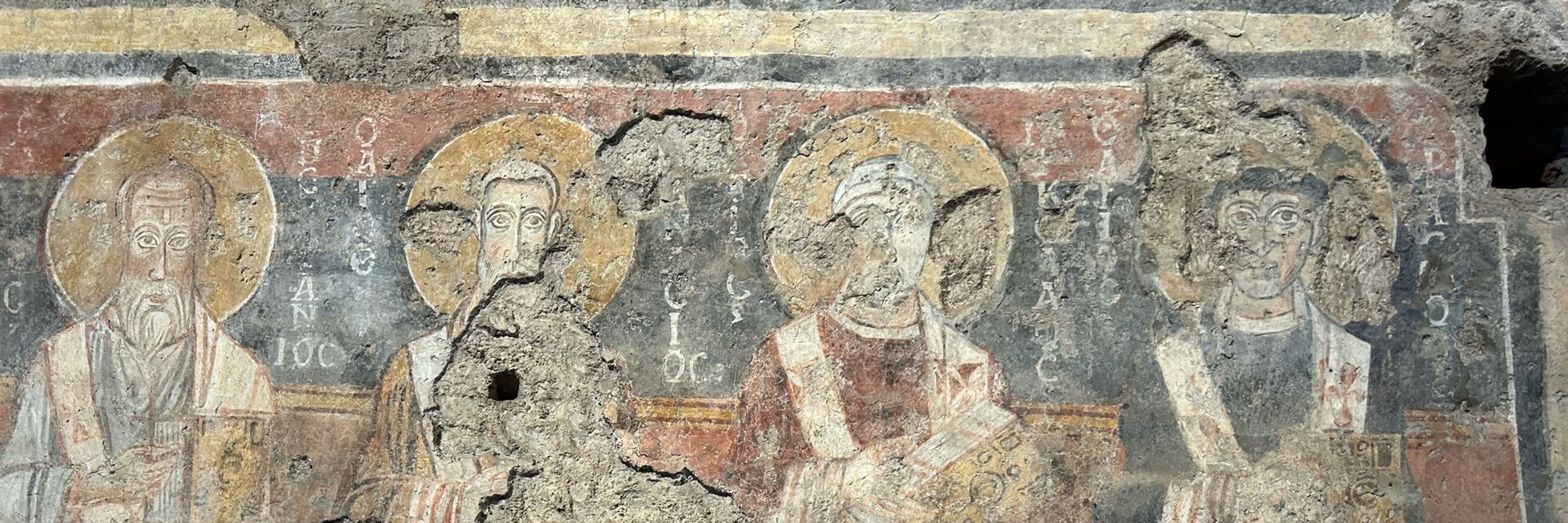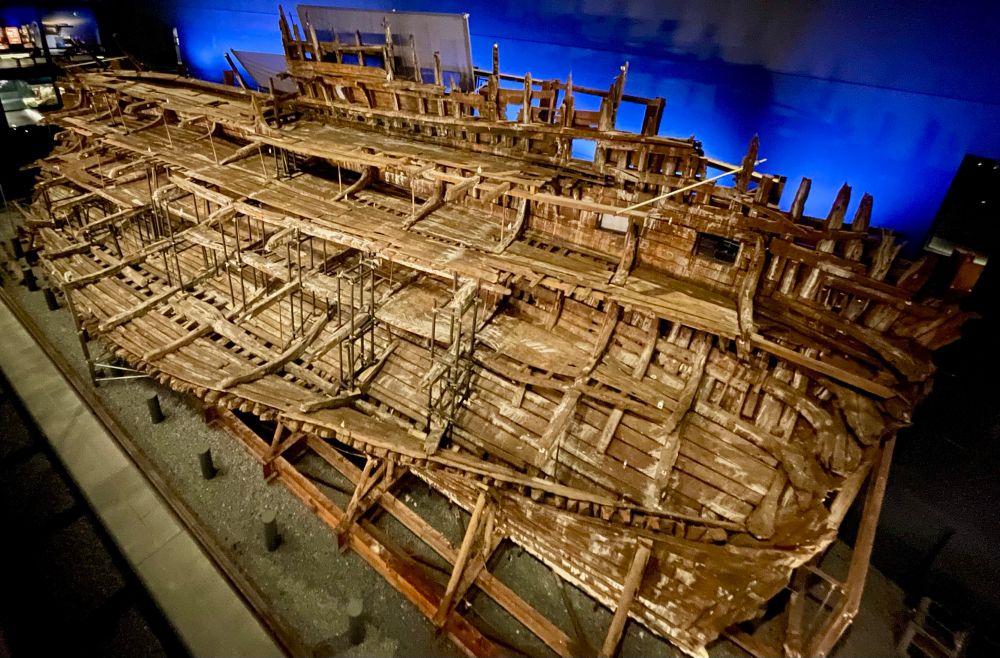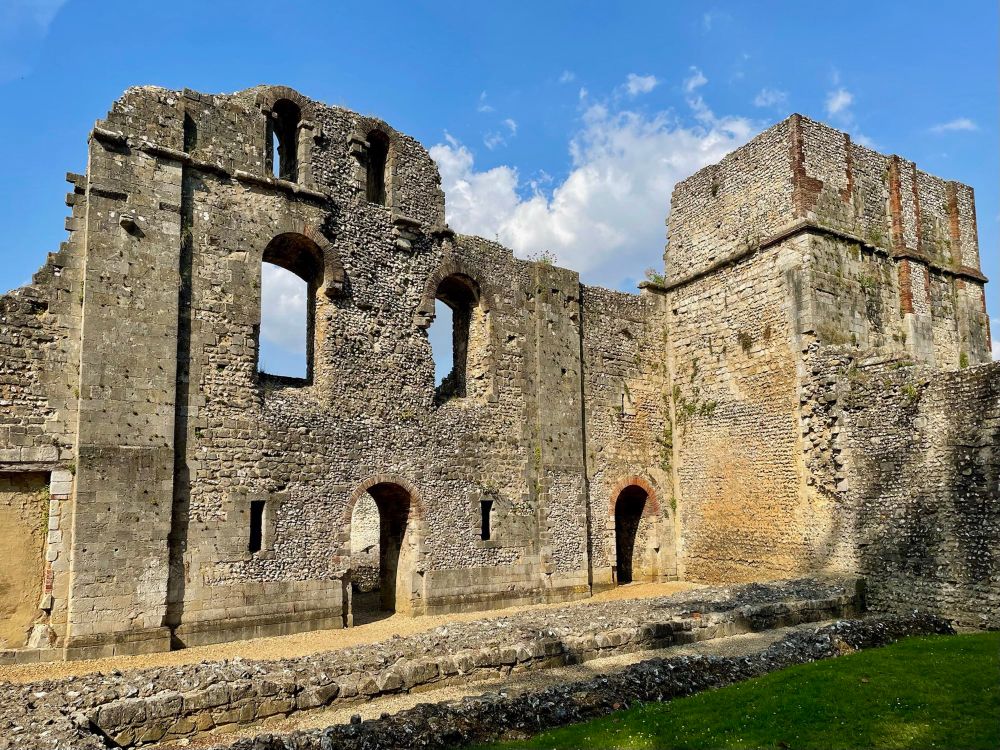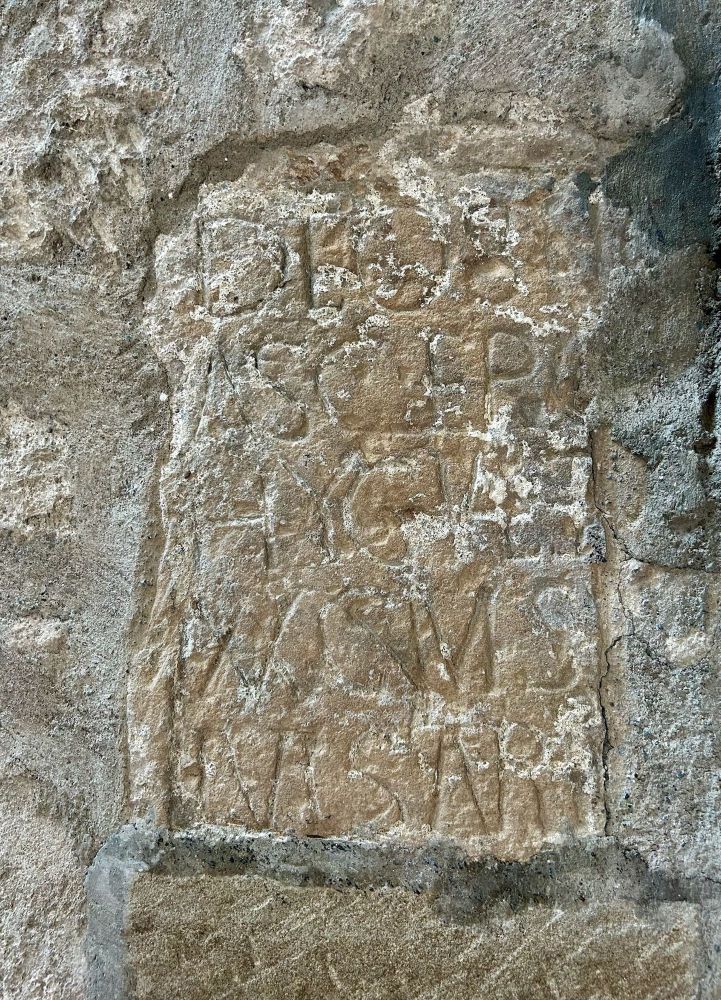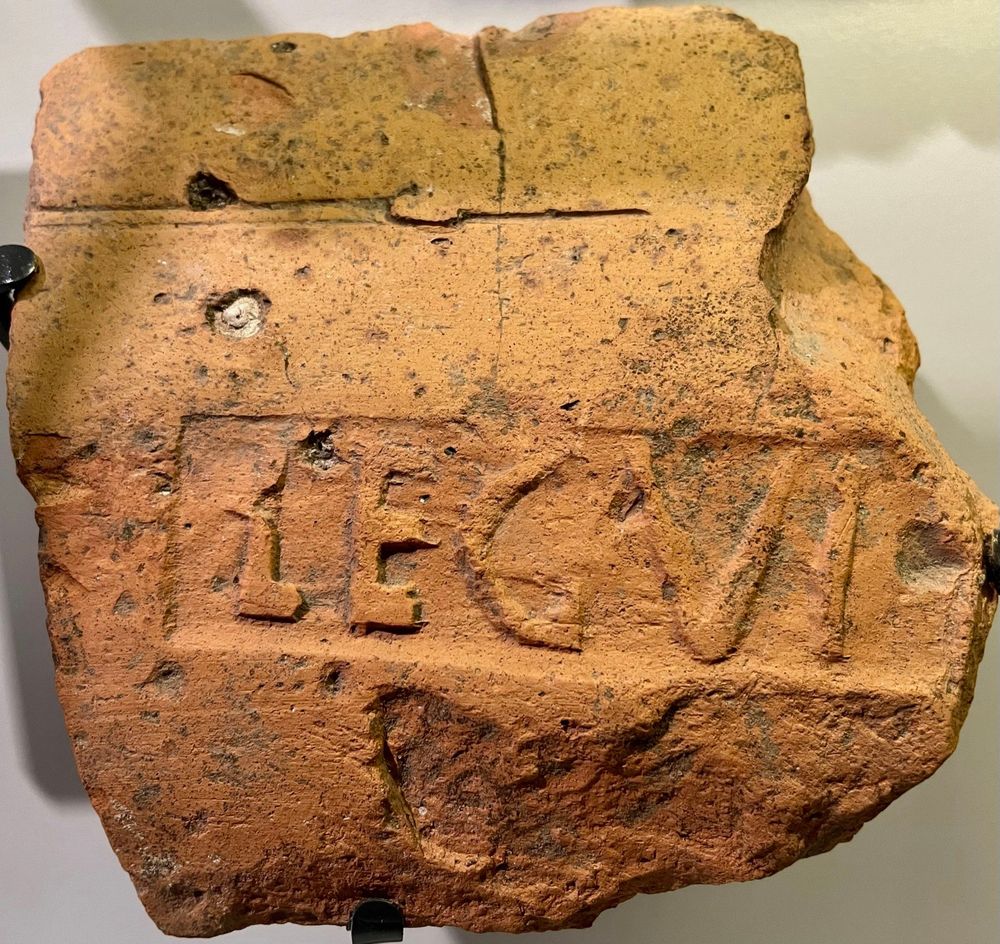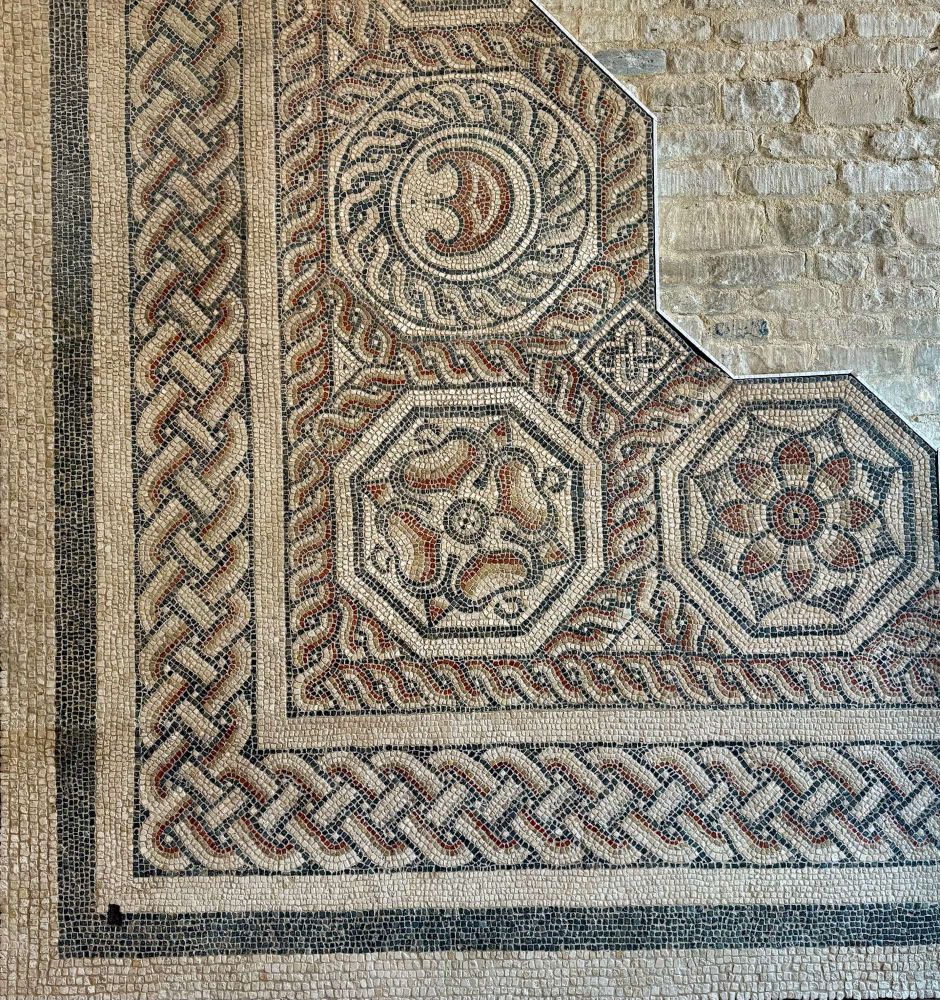Kevin Wilbraham
@kpw1453.bsky.social
3.9K followers
2.1K following
880 posts
Passionate about archives, archaeology and the medieval past.
Posts
Media
Videos
Starter Packs
Reposted by Kevin Wilbraham
Reposted by Kevin Wilbraham
Reposted by Kevin Wilbraham
Reposted by Kevin Wilbraham
Reposted by Kevin Wilbraham
Reposted by Kevin Wilbraham
Reposted by Kevin Wilbraham
Reposted by Kevin Wilbraham
Reposted by Kevin Wilbraham
Reposted by Kevin Wilbraham
Reposted by Kevin Wilbraham
Reposted by Kevin Wilbraham
Reposted by Kevin Wilbraham
Reposted by Kevin Wilbraham
Reposted by Kevin Wilbraham
Reposted by Kevin Wilbraham
Reposted by Kevin Wilbraham
Reposted by Kevin Wilbraham
